Home>Furniture>Outdoor Furniture>What Wood To Use For Decking Frame
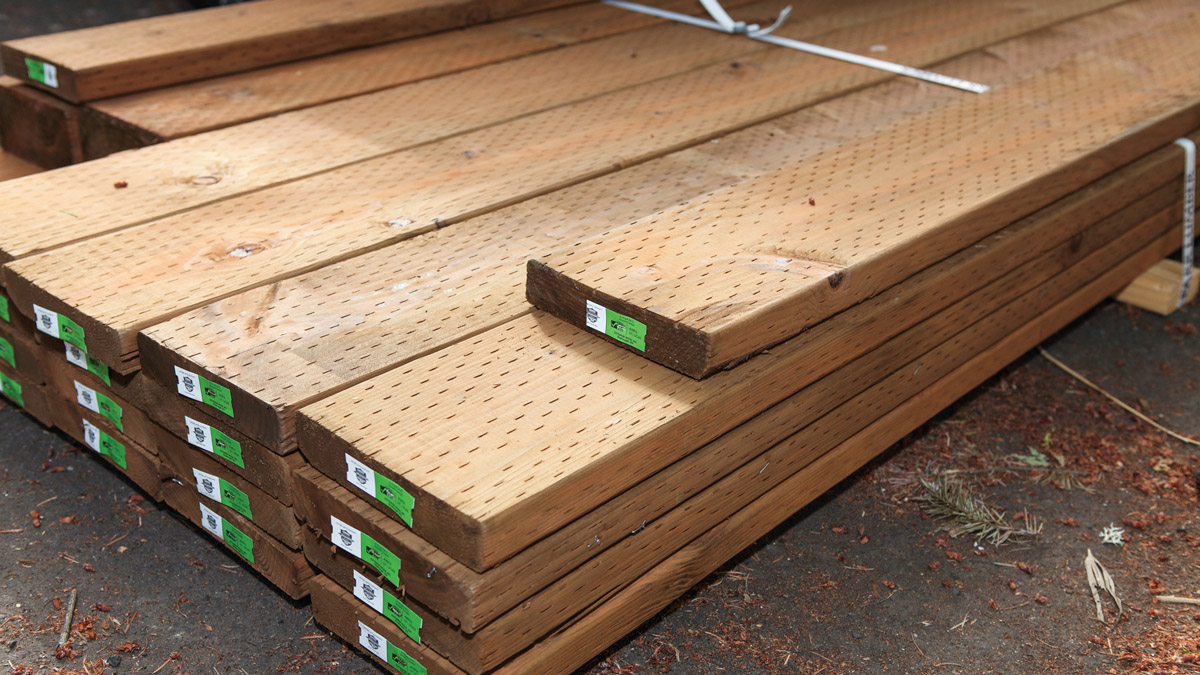

Outdoor Furniture
What Wood To Use For Decking Frame
Modified: March 7, 2024
Choose the right wood for your outdoor furniture decking frame. Enhance durability and aesthetics with our expert recommendations.
(Many of the links in this article redirect to a specific reviewed product. Your purchase of these products through affiliate links helps to generate commission for Storables.com, at no extra cost. Learn more)
Introduction
Choosing the right wood for your decking frame is crucial for the long-term durability and stability of your outdoor furniture. The frame provides the structural support for your deck, ensuring it can handle the weight of people, furniture, and equipment. Not only does the wood you choose need to be strong and resistant to rot and insect infestation, but it should also complement the overall aesthetic of your outdoor space.
In this article, we will explore the various factors you need to consider when selecting the wood for your decking frame. We will discuss the different types of wood that are commonly used, their pros and cons, as well as the environmental considerations involved. Additionally, we will provide guidance on maintenance and treatment to prolong the lifespan of your decking frame.
By the end, you’ll have a comprehensive understanding of the different wood options available and be able to make an informed decision that meets your needs and budget.
Key Takeaways:
- Choose durable wood like cedar or redwood for a long-lasting deck frame. Consider maintenance and environmental impact when making your decision.
- Look for sustainable wood options and FSC certification to protect forests and minimize environmental impact. Regular maintenance like sealing and staining is crucial for a beautiful and durable deck.
Read more: What Wood To Use For Decking
Factors to Consider when Choosing Wood for Decking Frame
When selecting the wood for your decking frame, there are several important factors to consider:
Durability: One of the primary considerations is the durability of the wood. It should be able to withstand outdoor elements such as rain, sun exposure, and temperature fluctuations without deteriorating quickly. Look for wood species that have a natural resistance to decay and can hold up well in various weather conditions.
Resistance to Rot and Insect Infestation: Wood that is prone to rot or susceptible to insect infestation can quickly compromise the structural integrity of your decking frame. To avoid this, choose a wood species that has inherent resistance to rot and insects. This will significantly increase the lifespan of your deck and reduce the need for frequent repairs or replacements.
Strength and Load-Bearing Capacity: The wood you choose for your decking frame should possess adequate strength and load-bearing capacity to support the weight it will be subjected to. If you plan to have heavy furniture, hot tubs, or large gatherings on your deck, opt for wood that can withstand the additional stress and weight.
Cost: Budget is an important consideration for many homeowners. Different wood species come at varying price points, so it’s essential to consider the cost of the wood and the quantity needed for your decking frame. Remember to factor in any additional expenses for sealing, staining, or treating the wood to maintain its longevity.
By carefully assessing these factors, you can choose a wood species that not only meets your budget but also provides the durability, resistance, and strength necessary for a long-lasting decking frame.
Types of Wood Suitable for Decking Frame
There are several types of wood that are well-suited for building a sturdy and reliable decking frame. Let’s explore some of the most popular options:
Pressure-Treated Pine: Pressure-treated pine is a widely used and cost-effective choice for decking frames. It undergoes a chemical treatment process that enhances its durability and resistance to decay, rot, and insect infestation. Pressure-treated pine has a strong load-bearing capacity and is readily available. However, it may require regular maintenance such as staining or sealing to prolong its lifespan.
Cedar: Cedar is a popular choice for decking frames due to its natural beauty and resistance to rot and insect damage. It has a pleasant aroma and a unique grain pattern that adds character to outdoor spaces. Cedar is known for its stability and strength, making it ideal for supporting heavy furniture and foot traffic. Although cedar is pricier than pressure-treated pine, it requires less maintenance and can last for many years with proper care.
Redwood: Redwood is another attractive and durable option for decking frames. It boasts natural resistance to decay, insects, and fungus, making it highly durable in outdoor environments. Redwood has a distinctive reddish-brown hue and a smooth, straight grain, giving it an elegant appearance. While it is more expensive than pressure-treated pine and cedar, redwood is known for its longevity and resistance to warping or splitting.
Tropical Hardwoods: Tropical hardwoods such as ipe, tigerwood, and mahogany are known for their exceptional durability and strength. They are dense and resistant to rot, insects, and decay. Tropical hardwoods are prized for their rich, natural colors and unique grain patterns. Although they are among the most expensive options, their longevity and low-maintenance qualities make them a worthwhile investment for decking frames.
Each of these wood options has its own unique qualities, so consider your budget, aesthetic preferences, and desired level of maintenance before making a decision. Remember to also take into account the environmental impact of the wood you choose, as sustainable options are increasingly important in today’s eco-conscious world.
Comparison of Different Wood Options for Decking Frame
When considering the various wood options for your decking frame, it’s essential to weigh their pros and cons. Here is a comparison of the advantages and disadvantages of each wood type:
Pressure-Treated Pine:
- Pros: Affordable, readily available, chemically treated for increased durability, resistant to decay and insect infestation, strong load-bearing capacity.
- Cons: Requires regular maintenance such as staining or sealing, may warp or crack over time.
Cedar:
- Pros: Naturally beautiful, pleasant aroma, resistant to decay and insect damage, stable and strong, requires less maintenance than other options.
- Cons: Higher cost compared to pressure-treated pine, color may fade over time.
Redwood:
- Pros: Attractive reddish-brown hue, smooth and straight grain, naturally resistant to decay, insects, and fungus, durable and long-lasting.
- Cons: More expensive than other wood options, potential for warping or splitting.
Tropical Hardwoods:
- Pros: Exceptionally durable and strong, resistant to rot, insects, and decay, unique grain patterns, low-maintenance.
- Cons: Higher price point, limited availability, may require specialized tools for installation.
Consider your budget, desired level of maintenance, aesthetic preferences, and the specific environmental conditions of your location when comparing these wood options. Each has its own set of advantages and potential drawbacks, so choose based on your priorities and the unique needs of your outdoor space.
When choosing wood for a decking frame, opt for pressure-treated lumber such as cedar, redwood, or tropical hardwoods like ipe for durability and resistance to rot and insects.
Environmental Considerations
When selecting wood for your decking frame, it’s essential to take environmental considerations into account. Opting for sustainable wood decking options helps protect forests and ecosystems while ensuring the longevity of your outdoor furniture. Here are two key factors to consider:
Sustainable Wood Decking Options:
Choose wood species that come from sustainably managed forests or are sourced from reclaimed or recycled materials. Sustainable wood options, such as bamboo or certain types of certified hardwoods, are harvested in a way that promotes forest regeneration and minimizes environmental impact. These options provide a responsible choice for outdoor projects without compromising on quality or durability.
Forest Stewardship Council (FSC) Certification:
The Forest Stewardship Council (FSC) is an independent organization that promotes responsible forest management. FSC certification ensures that the wood used in your decking frame comes from well-managed forests that meet stringent social, economic, and environmental standards. Look for decking materials with FSC certification to ensure that your choice supports sustainable forestry practices and protects biodiversity.
By considering sustainable wood decking options and prioritizing FSC certification, you can contribute to the preservation of forests and minimize the environmental impact of your outdoor furniture.
Read more: What Type Of Wood Is Used For Outdoor Decks
Maintenance and Treatment of Wood Decking Frame
Maintaining and treating your wood decking frame is crucial for its longevity and performance. Here are some essential maintenance practices to keep in mind:
Sealing and Staining:
Regularly sealing and staining your wood decking frame is vital to protect it from moisture, UV rays, and other elements. Sealing helps to repel water, preventing rot and decay, while staining adds color and enhances the wood’s natural beauty. Follow the manufacturer’s instructions for the appropriate sealant and stain for your wood type, and reapply them as recommended to maintain optimal protection and appearance.
Regular Inspection and Repair:
Perform routine inspections of your decking frame to identify any signs of damage, such as cracks, splits, or loose boards. Addressing these issues promptly prevents them from worsening and jeopardizing the structural integrity of your deck. Replace any damaged or deteriorating wood and tighten any loose fasteners to maintain a safe and secure deck.
Cleaning and Removal of Mold or Mildew:
Regular cleaning is essential to remove dirt, debris, and organic matter that can accumulate on your wood decking frame. Use a broom or gentle brush to sweep away surface dirt. For more thorough cleaning, use a mild soap or specialized wood deck cleaner along with a scrub brush to remove stains and grime. If you notice any signs of mold or mildew, it’s crucial to address them promptly. Use a commercial mold and mildew cleaner or a mixture of water and bleach to kill and remove the fungi, then rinse the area thoroughly.
By following these maintenance and treatment practices, you can extend the lifespan of your wood decking frame and keep it looking beautiful for years to come.
Conclusion
Choosing the right wood for your decking frame is essential for creating a durable, long-lasting, and visually appealing outdoor space. By considering factors such as durability, resistance to rot and insect infestation, strength, and cost, you can make an informed decision that suits your needs and budget.
Pressure-treated pine offers an affordable and readily available option, while cedar provides natural beauty and resistance to decay. Redwood showcases an elegant appearance and exceptional durability, albeit at a higher cost. Tropical hardwoods, although more expensive, offer unparalleled strength and longevity.
When selecting your wood, it’s important to take environmental considerations into account. Opt for sustainable wood decking options and look for Forest Stewardship Council (FSC) certification to ensure responsible forest management practices.
Maintaining and treating your wood decking frame is crucial in extending its lifespan. Regularly sealing and staining the wood, performing inspections and repairs, and keeping the deck clean of mold and mildew will help preserve its beauty and structural integrity.
In conclusion, choosing the right wood for your decking frame involves a careful balance between durability, aesthetic appeal, cost, and environmental impact. By considering these factors and implementing proper maintenance, you can create a beautiful and sustainable outdoor space that will be enjoyed for years to come.
Frequently Asked Questions about What Wood To Use For Decking Frame
Was this page helpful?
At Storables.com, we guarantee accurate and reliable information. Our content, validated by Expert Board Contributors, is crafted following stringent Editorial Policies. We're committed to providing you with well-researched, expert-backed insights for all your informational needs.
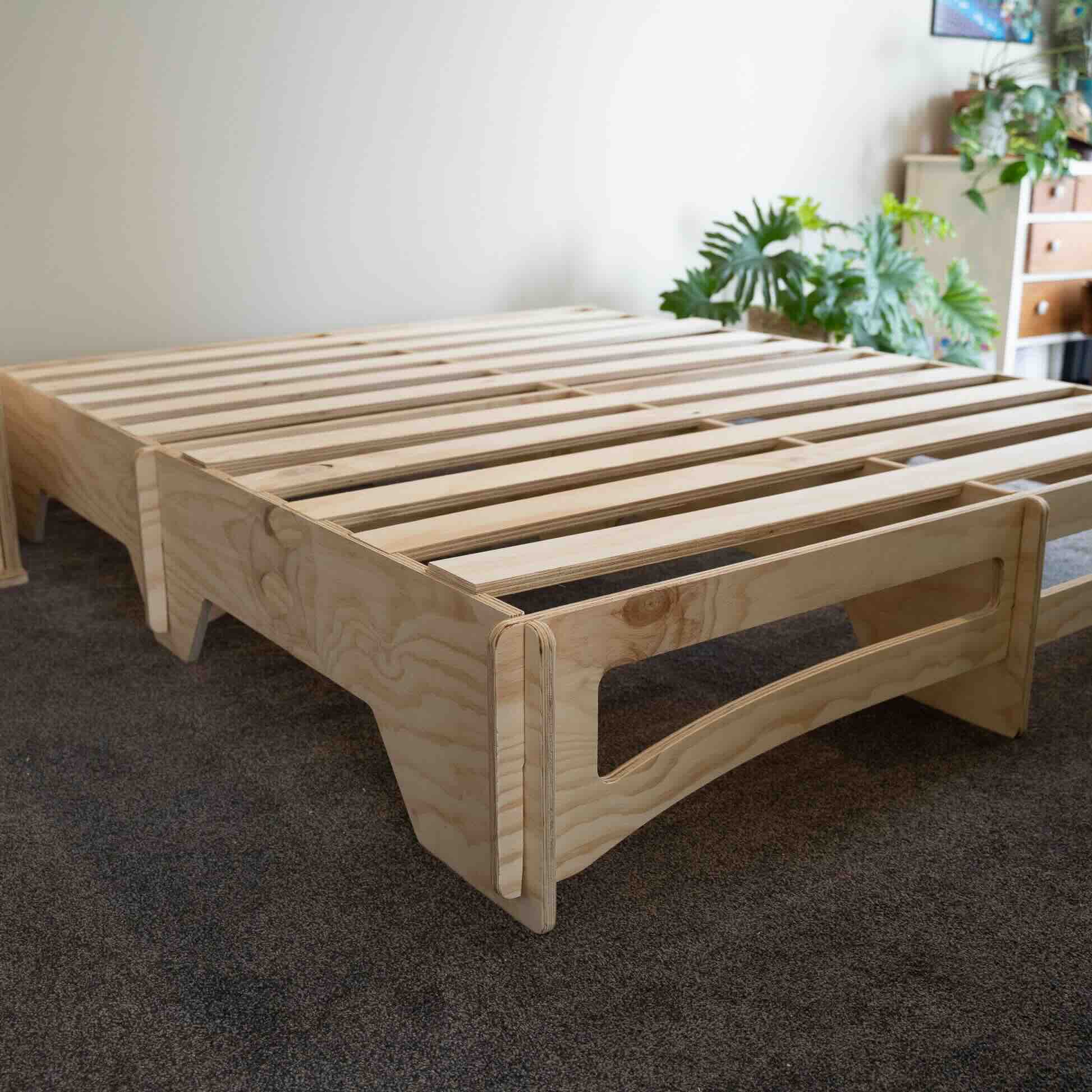
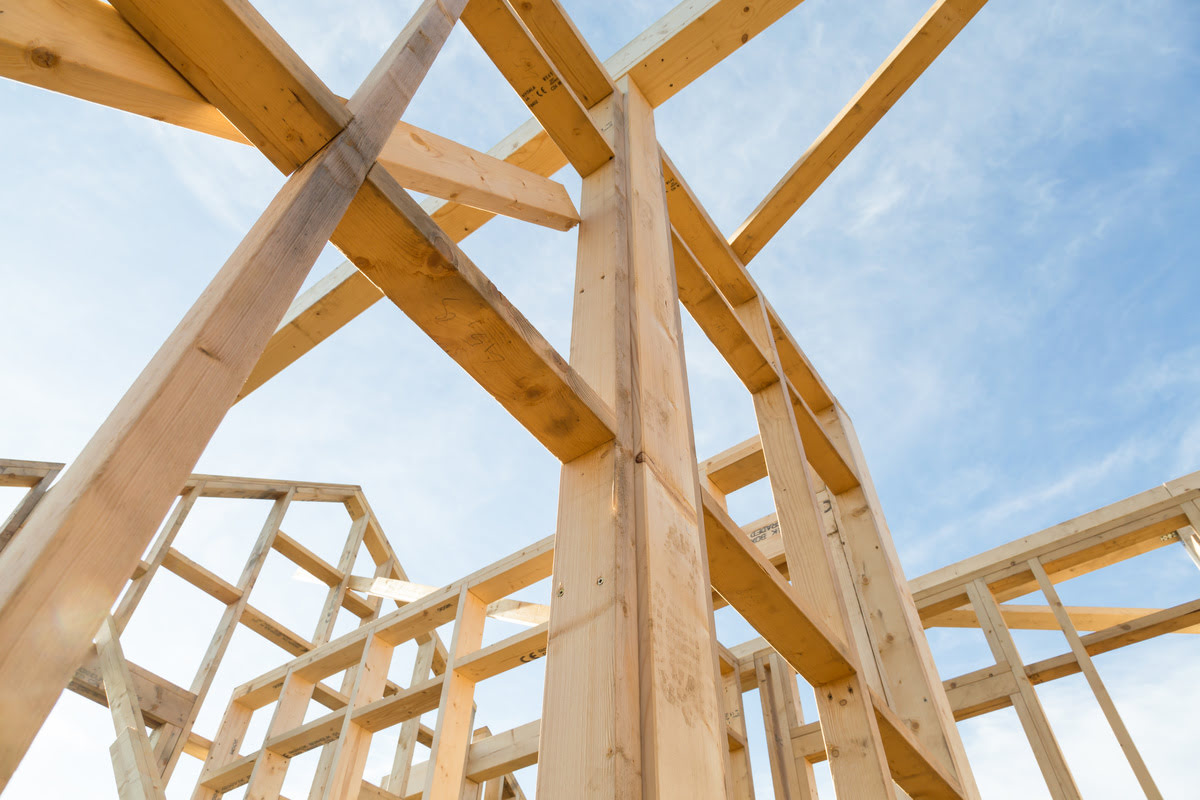
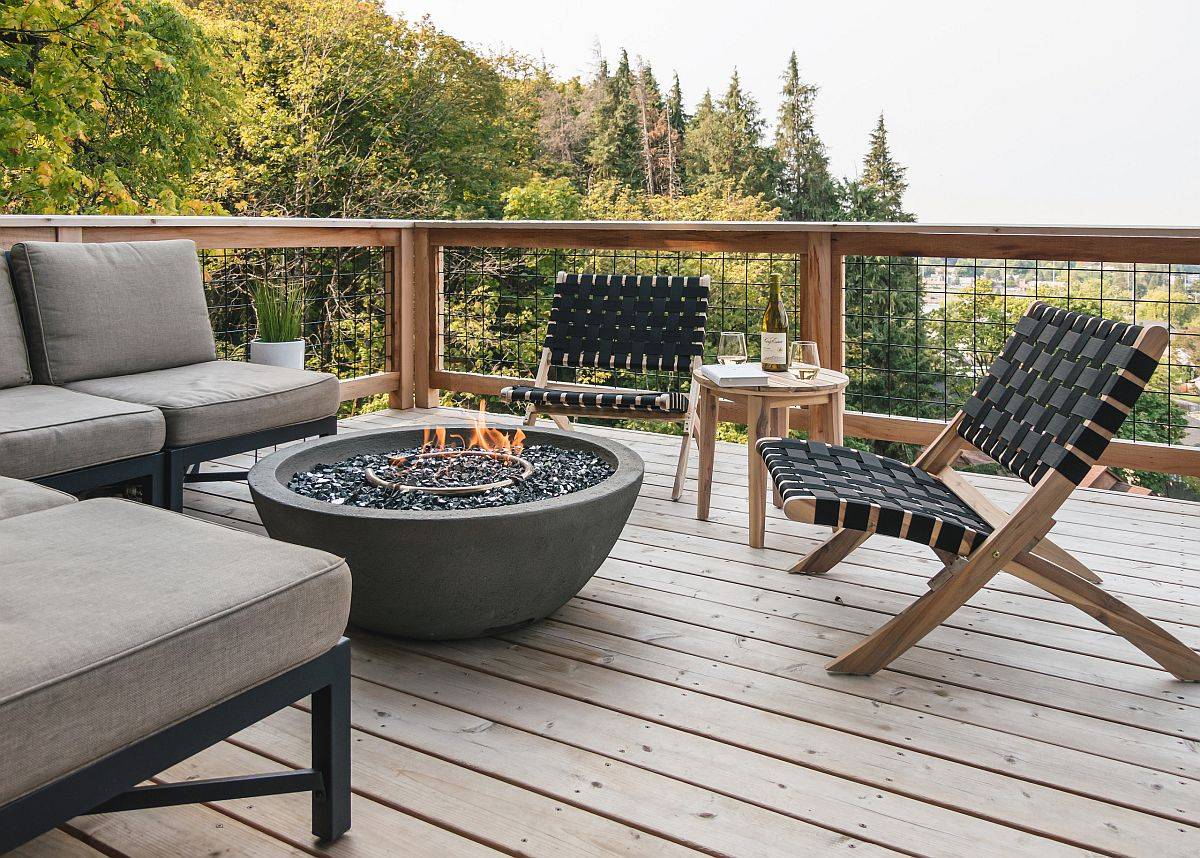
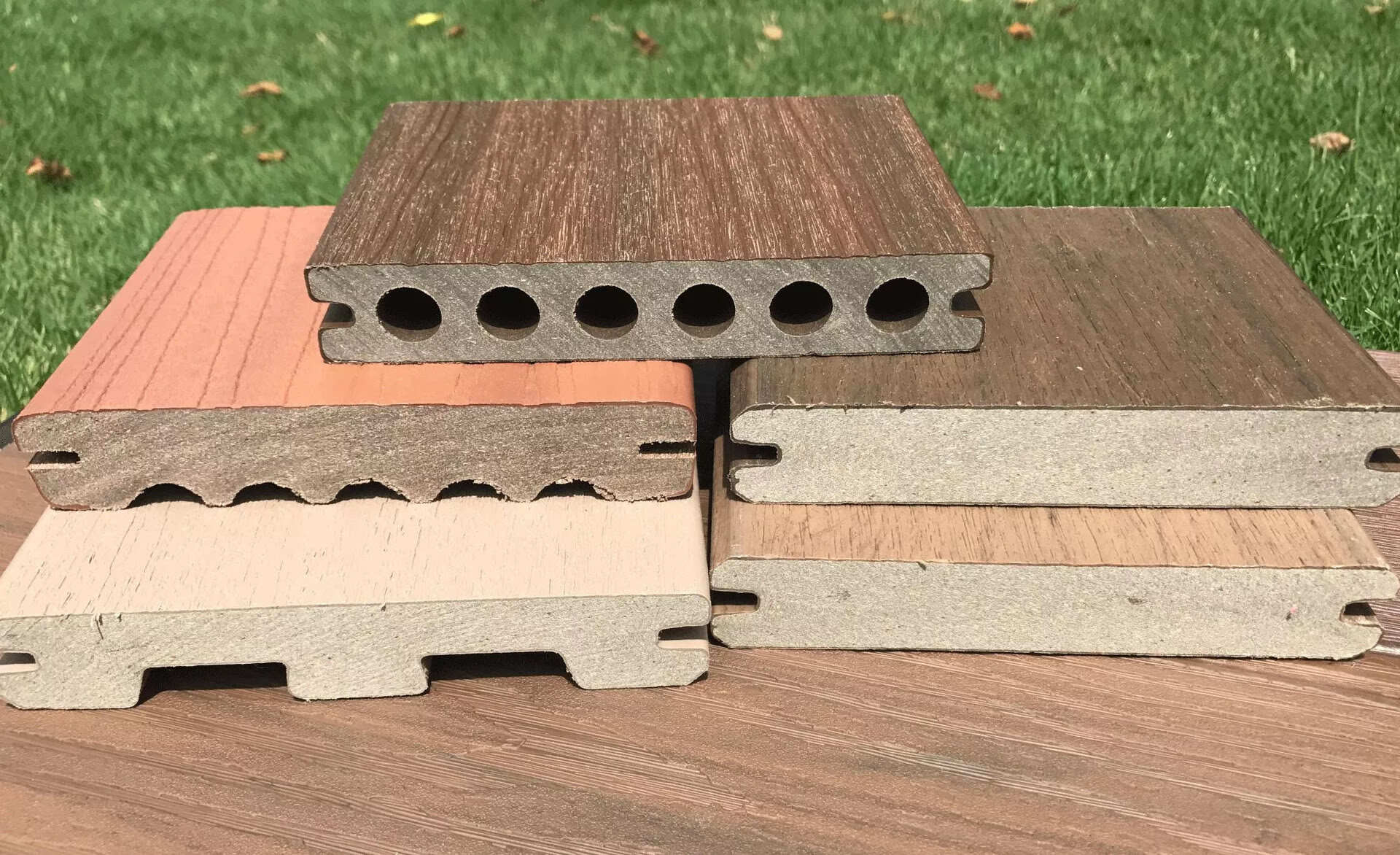
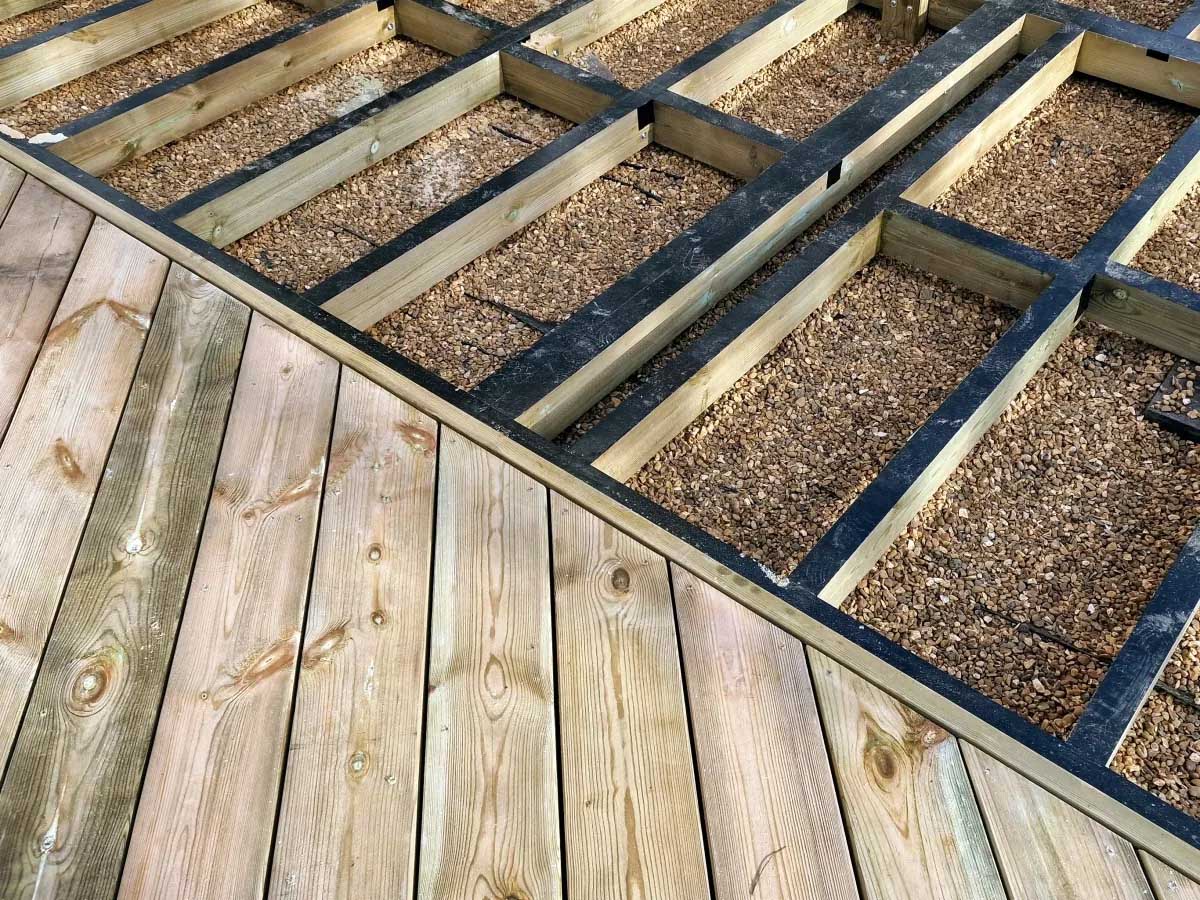
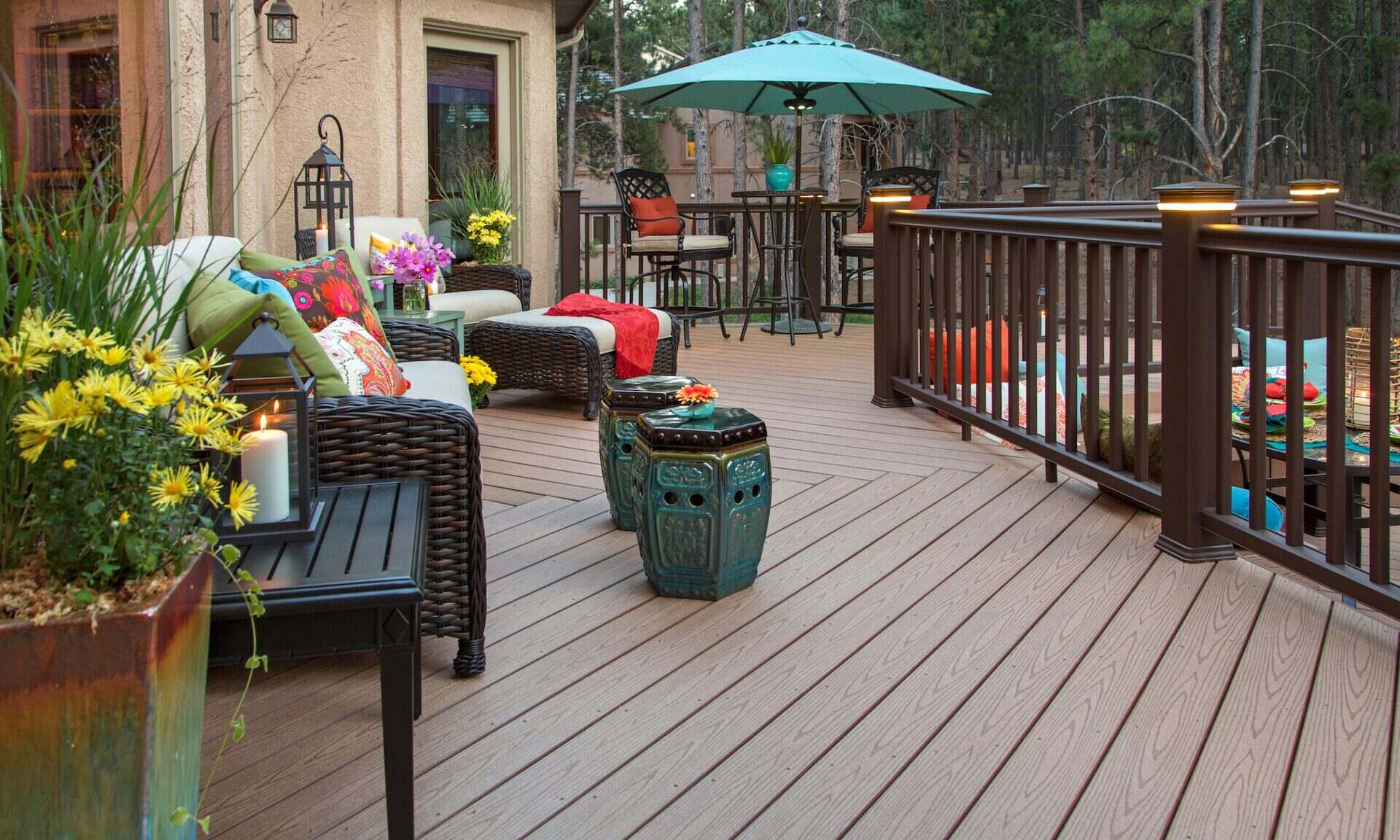
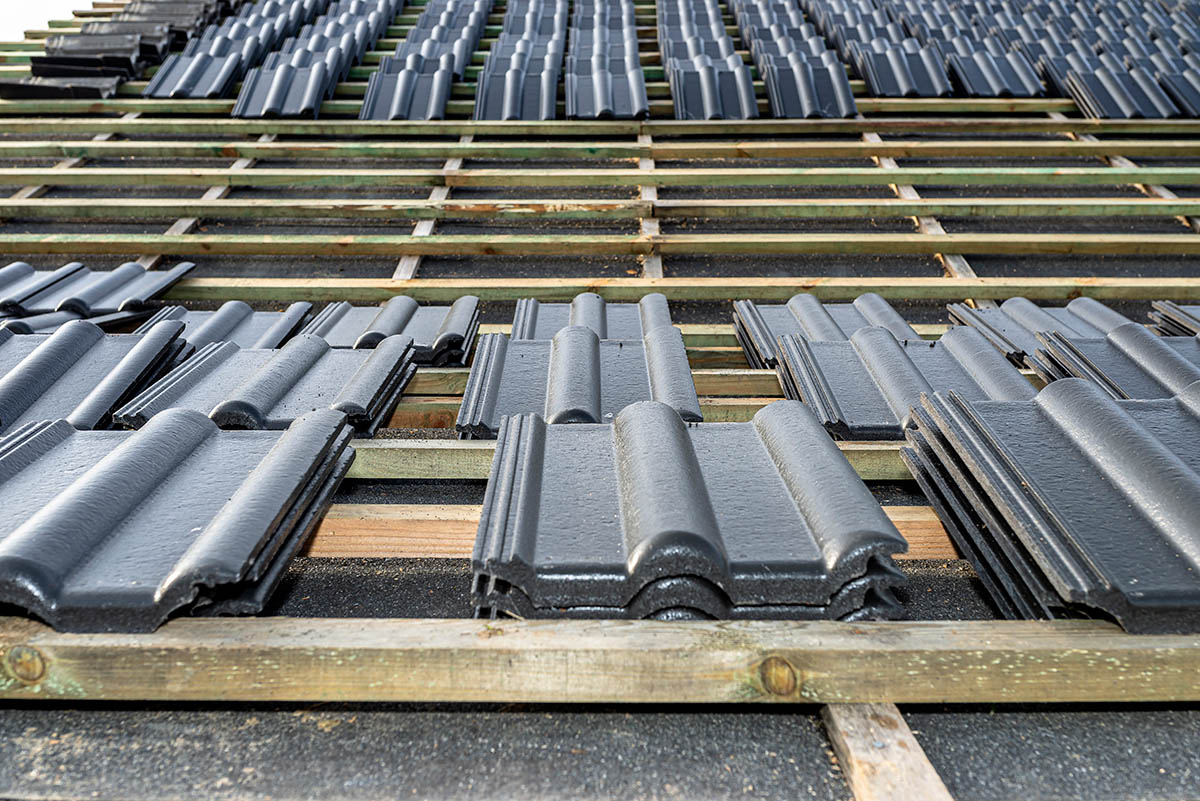
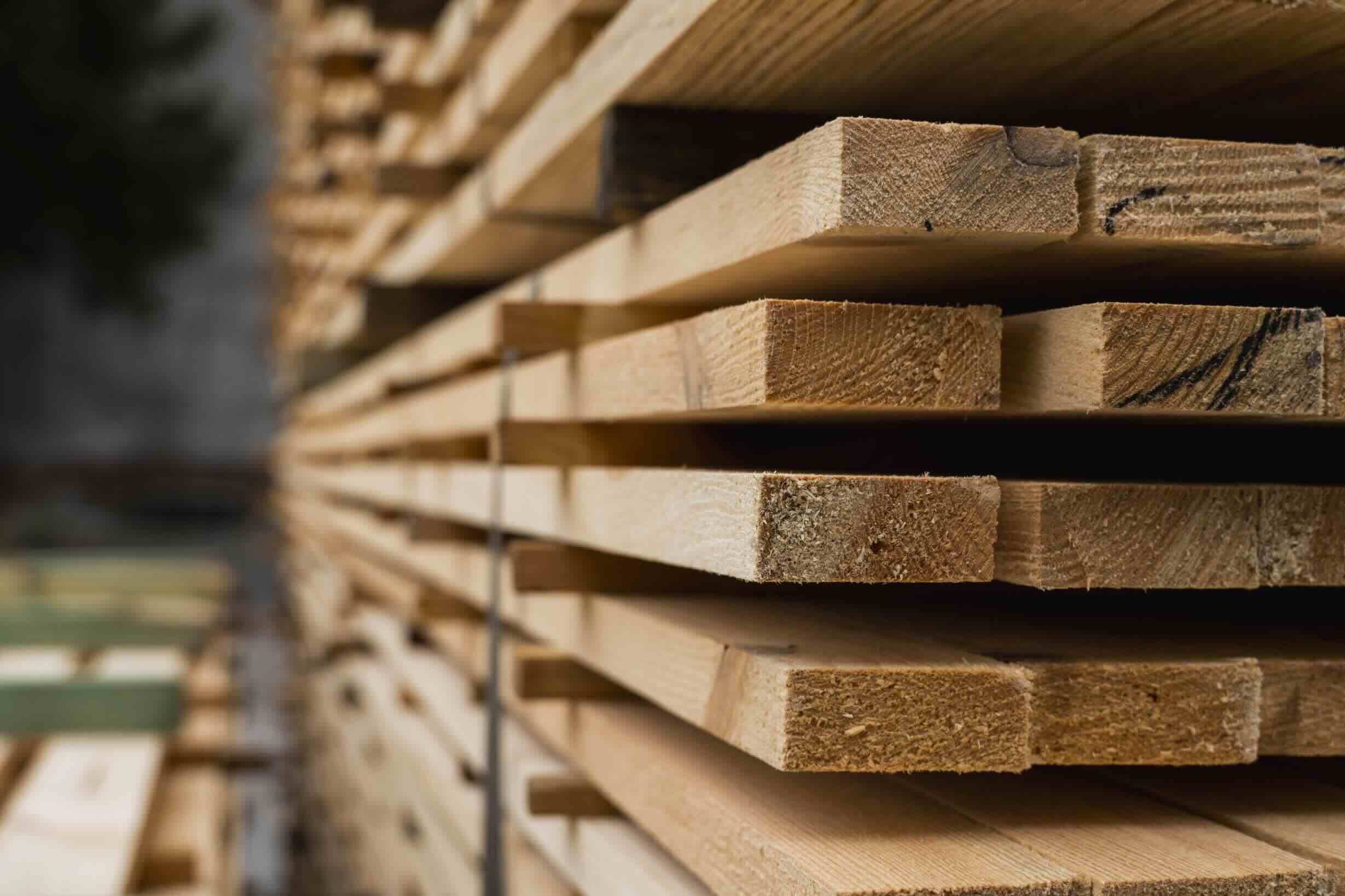
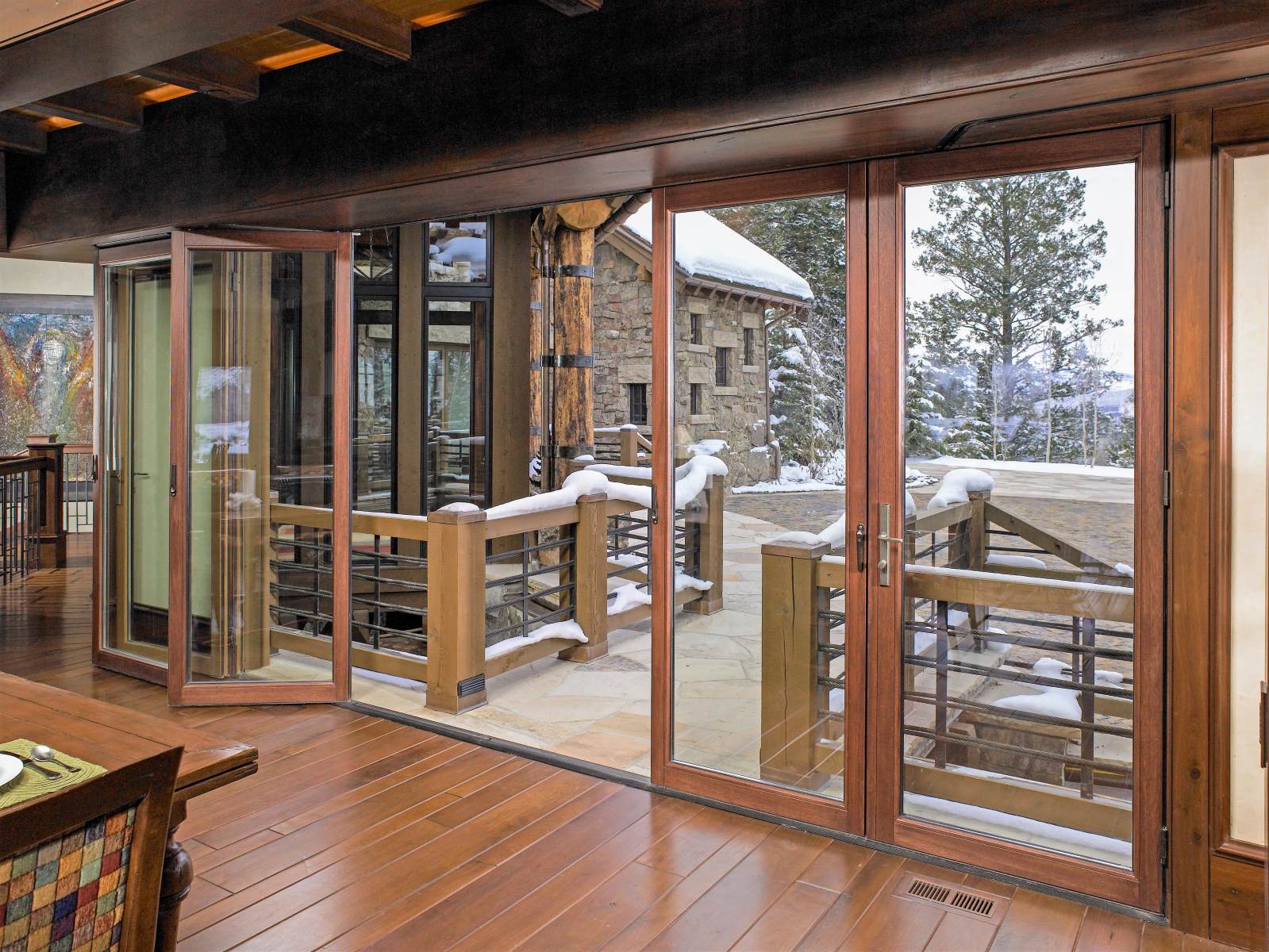
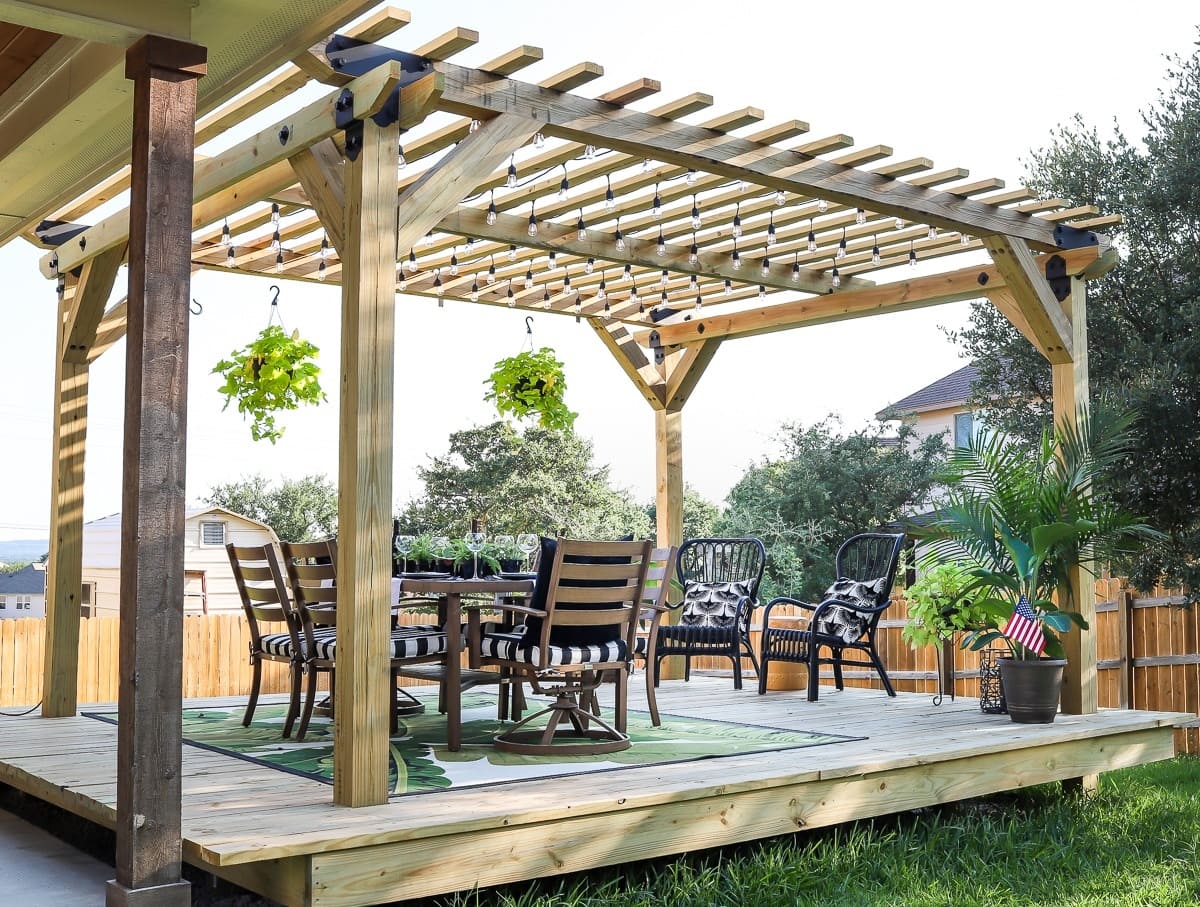
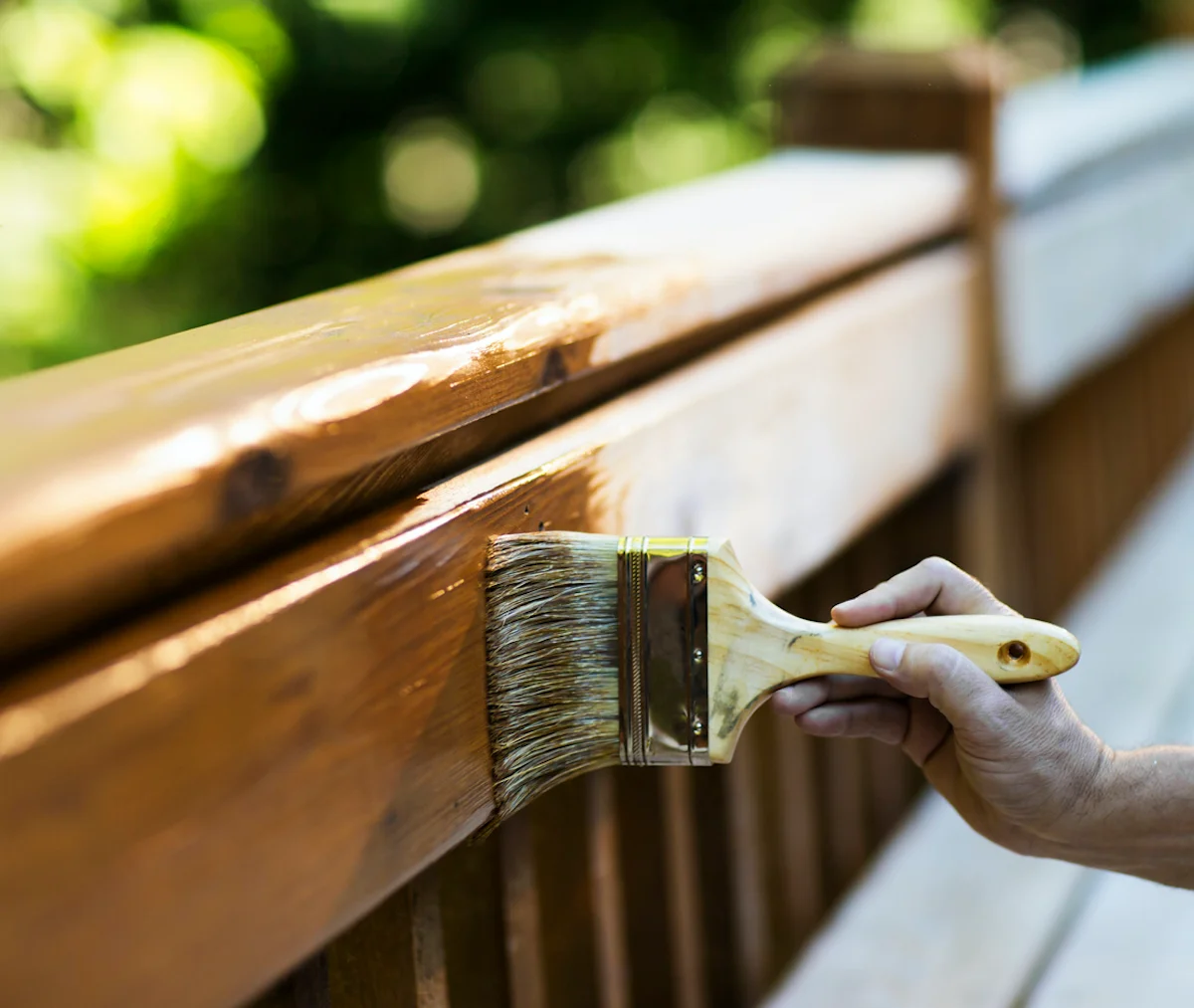
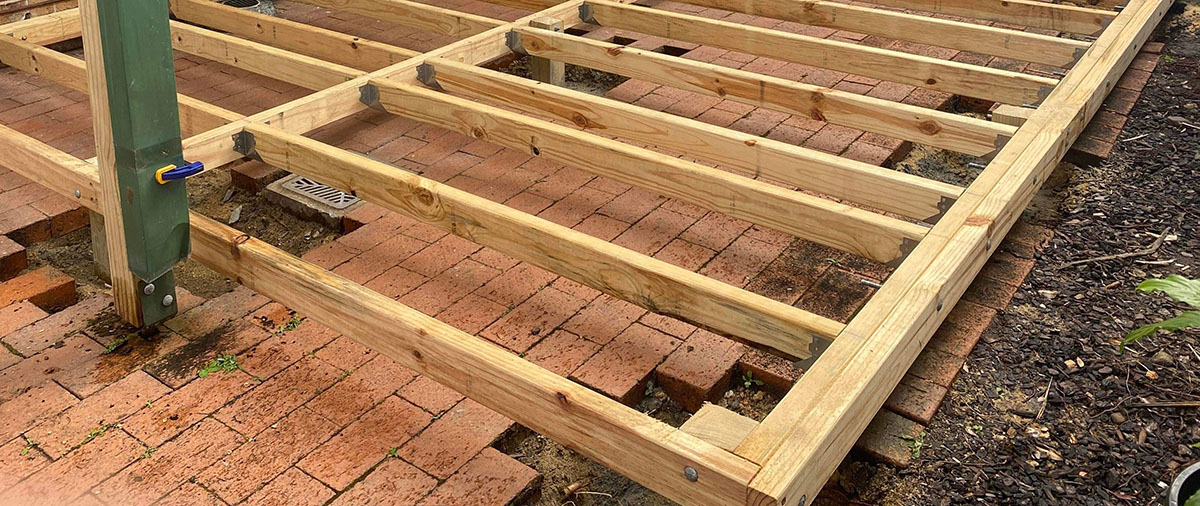
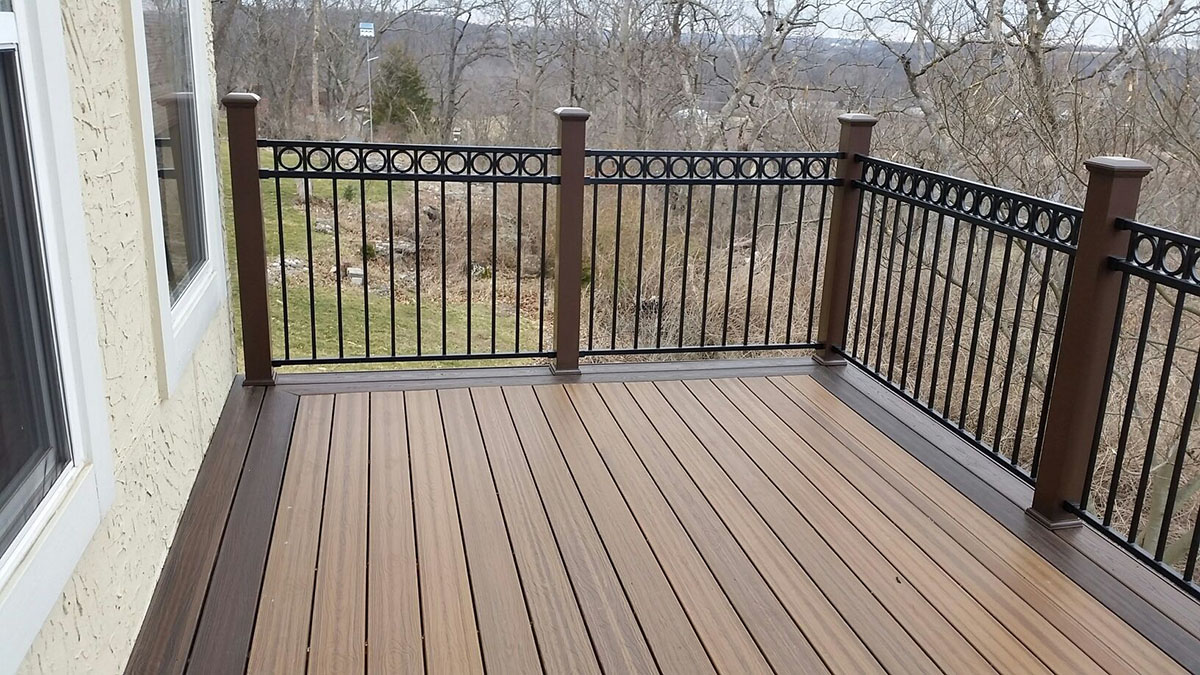
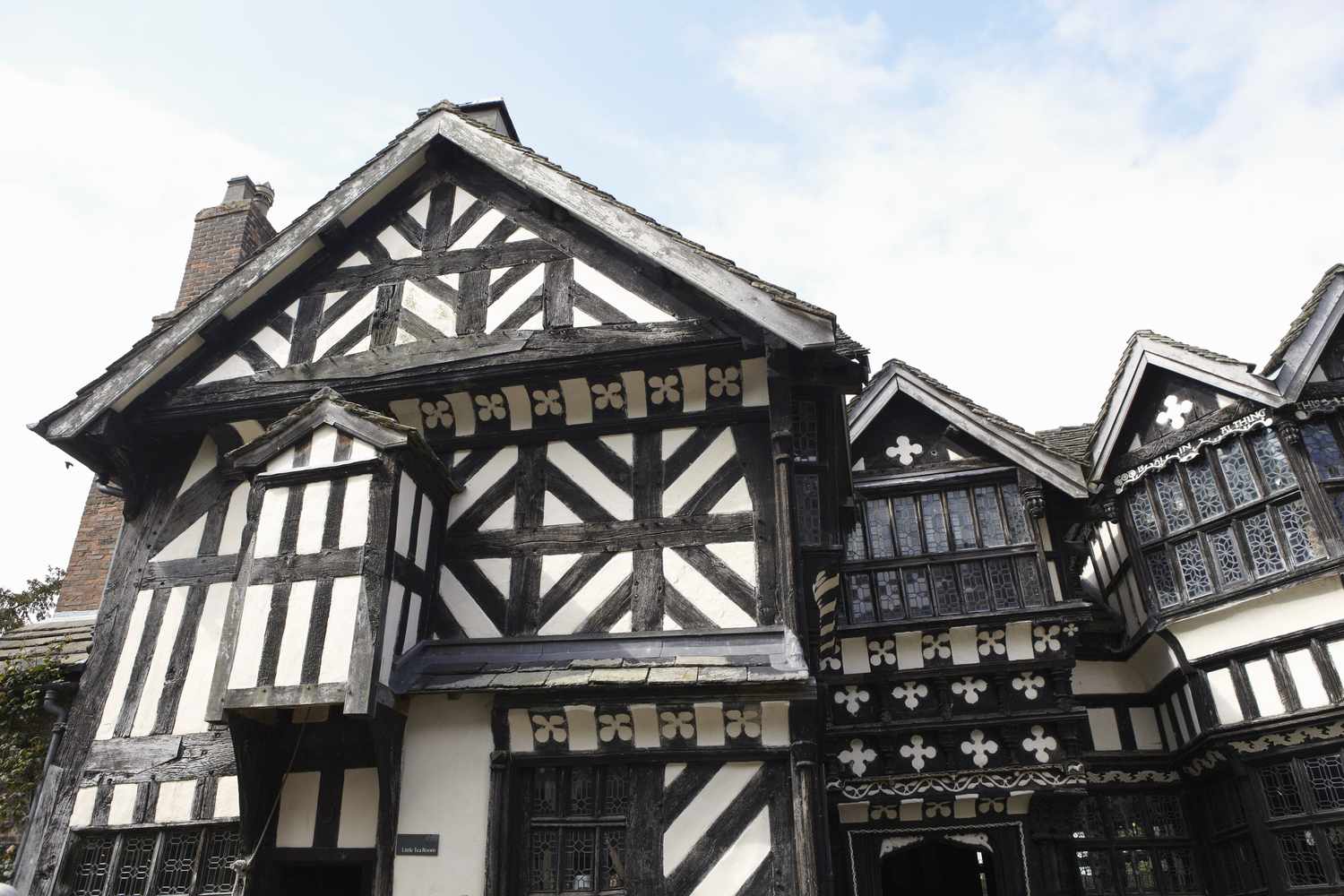

0 thoughts on “What Wood To Use For Decking Frame”